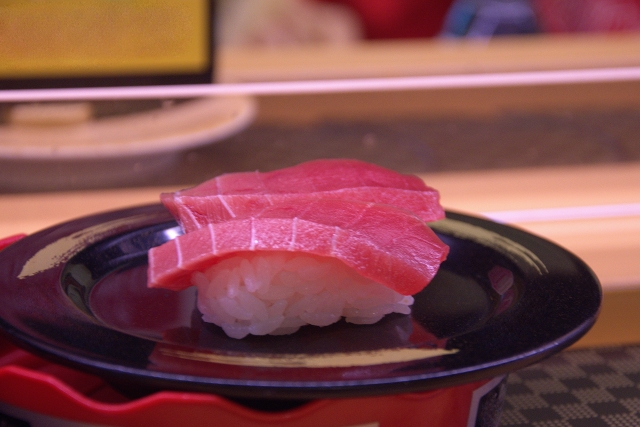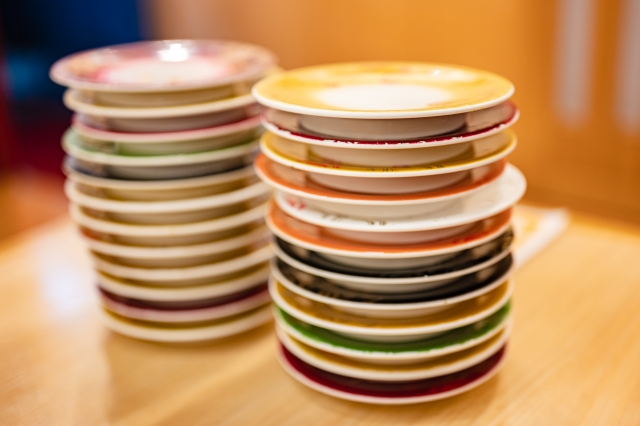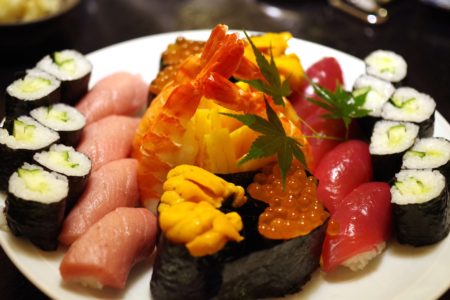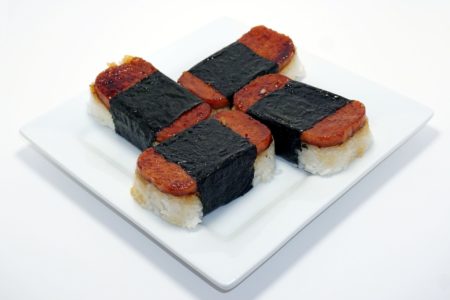Kaitenzushi: A Meal on a Wheel

The Japanese culinary scene is one I was unprepared for when I first arrived several years ago. Personally, growing up in the American Midwest, I was not surprised to find beef less prevalent, it was something I’d had an abundance of time to prepare for. But something I had not considered, was the cultural shift in how restaurants functioned.
The variety of ways that different restaurants function in Japan is a marvel in and of itself, but one that’s achieved some infamy abroad is the kaitenzushi or, as it was introduced to me, Conveyor Belt Sushi. They are eponymous within Japan, and understanding the rules behind how they work is incredibly important.

Photo by 百和
Eating out with friends is a staple of Japanese culture. Inviting others over to your house is a less common event, as often houses are seen as very private places, for family. As such, inviting friends and coworkers to restaurants, after working hours, is a popular pastime. While kaitenzushi isn’t a common place to go with coworkers, it is very common for families, and, for groups of foreign workers. For the latter, some of which is the spectacle factor, in that it is shockingly different from anything we’re used to.
Similarly, they are very similar in speed and convenience to fast food restaurants in other countries, although they can lack the ability to order take out. Understanding the why such culture is important, leads us to the following questions, of how they are different from what is more familiar to a foreigner.
So, you enter a kaitenzushi restaurant, you’re (usually) sat down at a table, or bar. What does it look like?

Photo by YUTO@PHOTOGRAPHER
It’s important to recognize that not all restaurants will look exactly like this, but this is the first one I saw, and was incredibly confused! I was in a booth, and on the right side I had a computer screen, on the table below these belts, one conveyor belt constantly going by with plates of sushi, and an empty belt above it. The belt in the image isn’t empty, but we’ll come back to that! The lower belt will have many different plates, including drinks like juices.
And, quite simply, should you see something on the belt that you’d like to eat, you reach out and take the plate. No waitress, no order required. It can feel strangely empowering your first time, the immediate gratification of seeing something that looks good, to eating it. But, most importantly, do not put that plate back on the belt, once you’ve eaten it! Keep the empty plate in front of you, as that will be helpful in calculating your bill.
The computer screen used at many restaurants of this type, can be used to place orders for types of sushi you may not see on the belt, as well as drinks or alcohol that a restaurant wouldn’t want to be as easily accessible. In one like the above, those plates of sushi would come right out to your table on a train, again, as in the image above! Should your restaurant lack a second rail, usually a member of the waitstaff will bring it out to serve you. Again, keep any and all plates on your table, for bill calculations.
Typically, at the end of the night, a member of the waitstaff will approach you (or can be called via the computer screen, or in some cases a small button on your table) and ask if you’re done. They will then calculate your bill, by the plates in front of you. Usually, the color or pattern of each plate determines the cost of the dish. This will then result in a bill given to you. Lastly, again in most cases, you will bring that bill up to the counter at the entrance of the restaurant to pay before departing, successful in your first outing!
Personally, I find the first visit to a kaitenzushi restaurant to be a bit of a rite of passage for many foreigners. It’s certainly not the most difficult, nor even would I think, the most intriguing style of restaurant, but given how they tend to show up on many travel programs, and the peculiar nature with which food is delivered, they’re often quite eye-catching. They also often serve as an introduction to Sushi for many foreigners, which, in my experience, served as a particularly potent method of conversion into helping others develop a love of sushi.
Photo Credits:
Additional Photos by 百和 and YUTO@PHOTOGRAPHER
All other content (text) created by the original author and © 2023 MUSUBI by Borderlink
RELATED
-

Quick Bites: Delicious Ramen and Sushi Everywhere
Top Photo: takedahrs on Pixabay When I think of Japan, one of the first things I think of is the food. I espec… -

Ramen: Gotta Taste ’em All!
Top Image: NaoYuasa via Pixabay You know it, you love it: Ramen. One of Japan’s signature foods, the del… -

Spam Musubi: This is Japanese, Right?
Top Photo: Chris Hackmann licensed under the Creative Commons Attribution-Share Alike 4.0 International licens…
PEOPLE

Roman Eljoye
From the US
Has Experienced Japan for the last three years.


